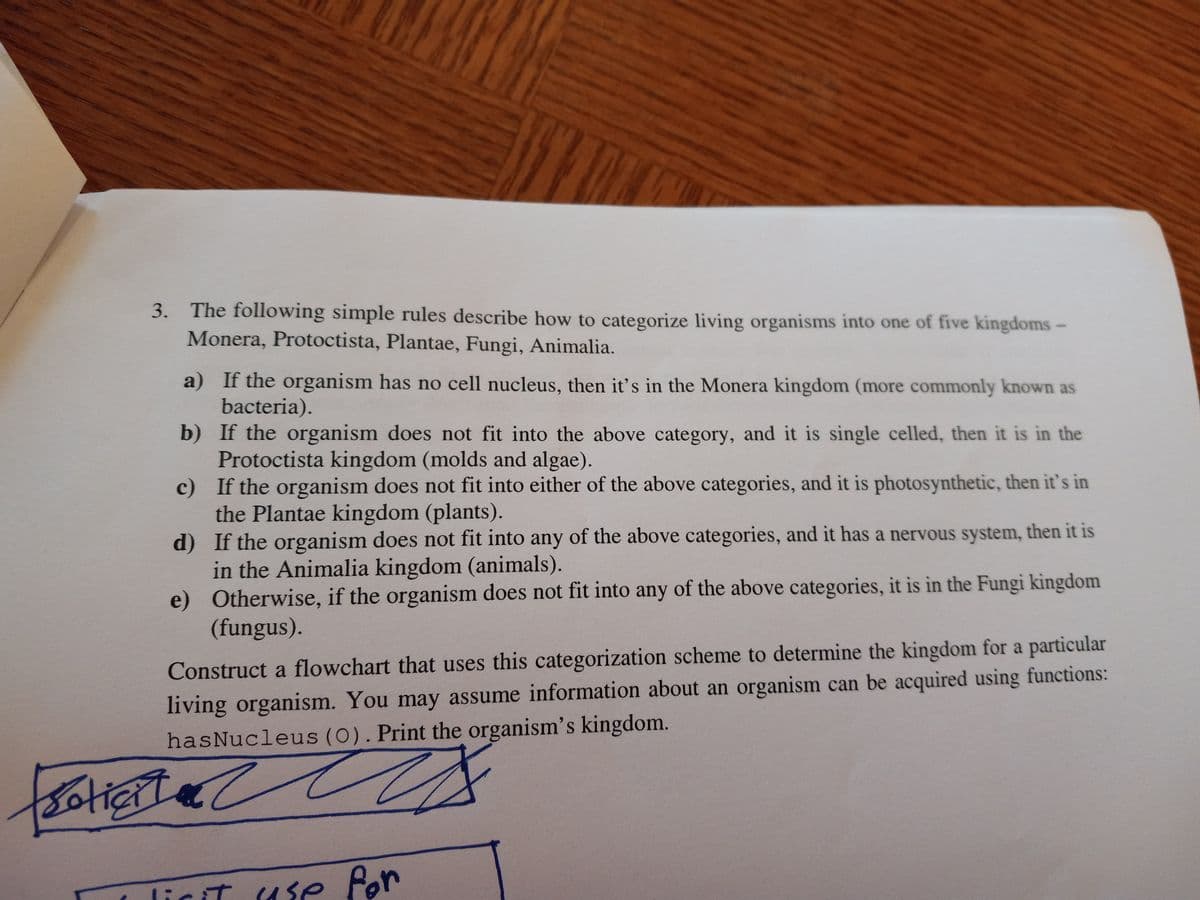4. When mailing a letter, the amount of postage is in question. You like to use this rule of thumb: use one stamp for every five sheets of paper or fraction thereof. For example, if you have 11 sheets of paper, then you must use three stamps. Since you are frugal, if an envelope requires more than five stamps, then you simply don't mail the envelope. In your flowchart, you must read in appropriate data and print how many stamps to use.
4. When mailing a letter, the amount of postage is in question. You like to use this rule of thumb: use one stamp for every five sheets of paper or fraction thereof. For example, if you have 11 sheets of paper, then you must use three stamps. Since you are frugal, if an envelope requires more than five stamps, then you simply don't mail the envelope. In your flowchart, you must read in appropriate data and print how many stamps to use.
Computer Networking: A Top-Down Approach (7th Edition)
7th Edition
ISBN:9780133594140
Author:James Kurose, Keith Ross
Publisher:James Kurose, Keith Ross
Chapter1: Computer Networks And The Internet
Section: Chapter Questions
Problem R1RQ: What is the difference between a host and an end system? List several different types of end...
Related questions
Question

Transcribed Image Text:4. When mailing a letter, the amount of postage is in question. You like to use this rule of thumb: use
one stamp for every five sheets of paper or fraction thereof. For example, if you have 11 sheets of
paper, then you must use three stamps. Since you are frugal, if an envelope requires more than five
stamps, then you simply don't mail the envelope. In your flowchart, you must read in appropriate data
and print how many stamps to use.

Transcribed Image Text:3. The following simple rules describe how to categorize living organisms into one of five kingdoms-
Monera, Protoctista, Plantae, Fungi, Animalia.
a) If the organism has no cell nucleus, then it's in the Monera kingdom (more commonly known as
bacteria).
b) If the organism does not fit into the above category, and it is single celled, then it is in the
Protoctista kingdom (molds and algae).
c) If the organism does not fit into either of the above categories, and it is photosynthetic, then it's in
the Plantae kingdom (plants).
d) If the organism does not fit into any of the above categories, and it has a nervous system, then it is
in the Animalia kingdom (animals).
e) Otherwise, if the organism does not fit into any of the above categories, it is in the Fungi kingdom
(fungus).
Construct a flowchart that uses this categorization scheme to determine the kingdom for a particular
living organism. You may assume information about an organism can be acquired using functions:
hasNucleus (0). Print the organism's kingdom.
licit use For
Expert Solution
This question has been solved!
Explore an expertly crafted, step-by-step solution for a thorough understanding of key concepts.
This is a popular solution!
Trending now
This is a popular solution!
Step by step
Solved in 2 steps with 2 images

Recommended textbooks for you

Computer Networking: A Top-Down Approach (7th Edi…
Computer Engineering
ISBN:
9780133594140
Author:
James Kurose, Keith Ross
Publisher:
PEARSON

Computer Organization and Design MIPS Edition, Fi…
Computer Engineering
ISBN:
9780124077263
Author:
David A. Patterson, John L. Hennessy
Publisher:
Elsevier Science

Network+ Guide to Networks (MindTap Course List)
Computer Engineering
ISBN:
9781337569330
Author:
Jill West, Tamara Dean, Jean Andrews
Publisher:
Cengage Learning

Computer Networking: A Top-Down Approach (7th Edi…
Computer Engineering
ISBN:
9780133594140
Author:
James Kurose, Keith Ross
Publisher:
PEARSON

Computer Organization and Design MIPS Edition, Fi…
Computer Engineering
ISBN:
9780124077263
Author:
David A. Patterson, John L. Hennessy
Publisher:
Elsevier Science

Network+ Guide to Networks (MindTap Course List)
Computer Engineering
ISBN:
9781337569330
Author:
Jill West, Tamara Dean, Jean Andrews
Publisher:
Cengage Learning

Concepts of Database Management
Computer Engineering
ISBN:
9781337093422
Author:
Joy L. Starks, Philip J. Pratt, Mary Z. Last
Publisher:
Cengage Learning

Prelude to Programming
Computer Engineering
ISBN:
9780133750423
Author:
VENIT, Stewart
Publisher:
Pearson Education

Sc Business Data Communications and Networking, T…
Computer Engineering
ISBN:
9781119368830
Author:
FITZGERALD
Publisher:
WILEY